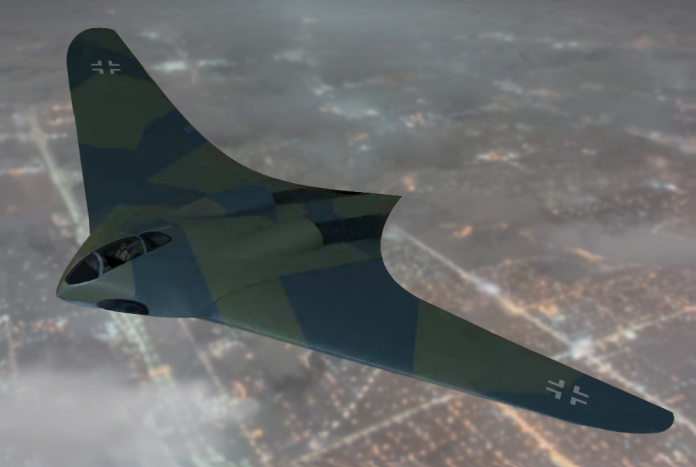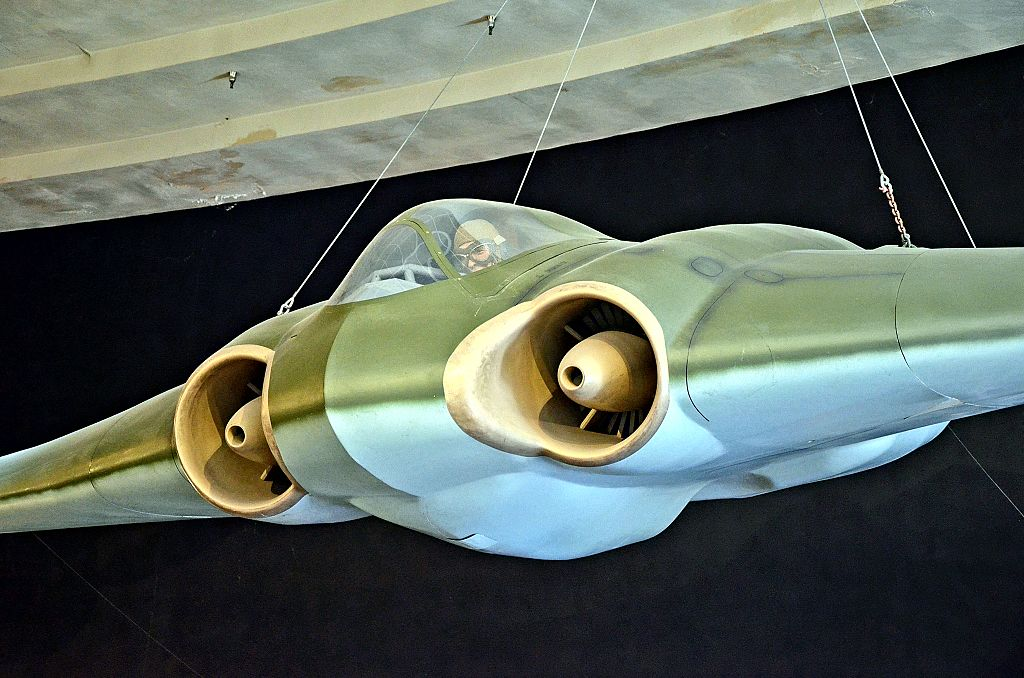
Designed in the last years of World War II, the Horten Ho 229 was likely the most revolutionary and cutting-edge airplane of its time. Designed by Horten brothers Reimar and Walter, the Ho 229 was the world’s first flying wing jet aircraft.
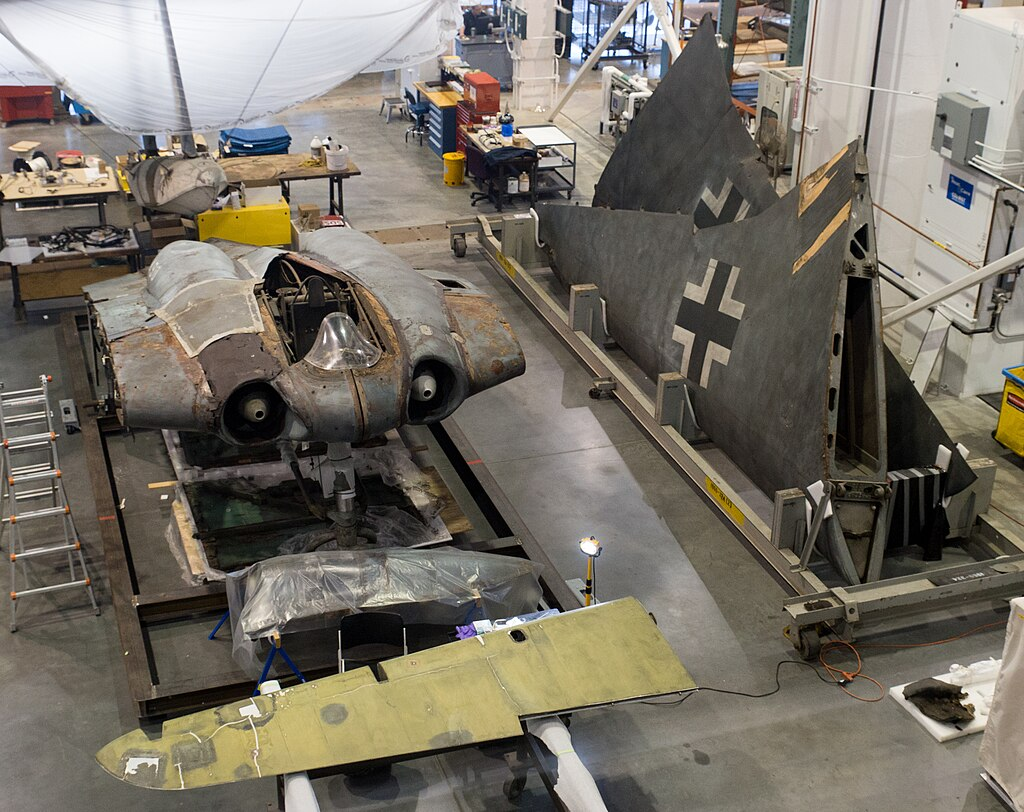
Though it never went into mass production, its legacy continues, with debate about stealth, aerodynamics, and just how advanced ahead of its time the Ho 229 really was.
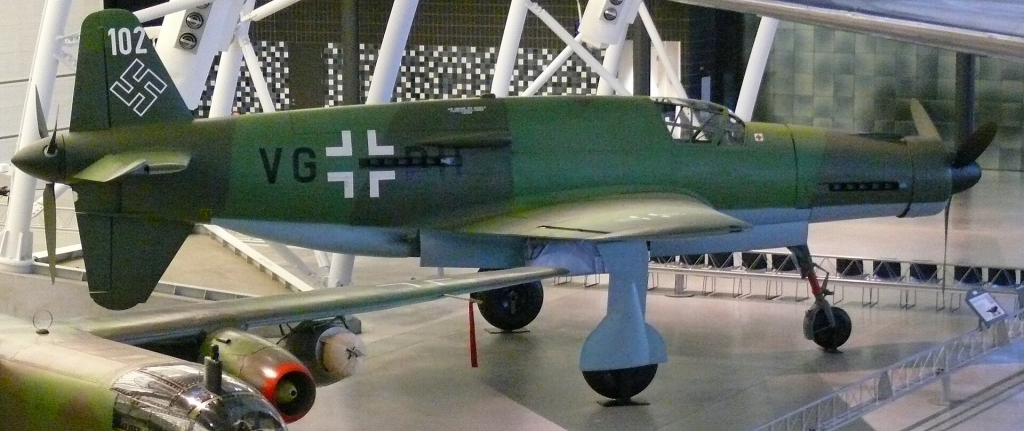
1. Origins and Vision
The Ho 229 was the child of Luftwaffe desperation in the final years of the war. Plagued by overwhelming Allied air superiority, German engineers were tasked with designing radical interceptors under the “Emergency Fighter Program.” The Horten brothers believed a flying wing design would yield high speed and long range, yet still accommodate significant ordnance. Their dream was nothing less than redefining the book on air warfare.
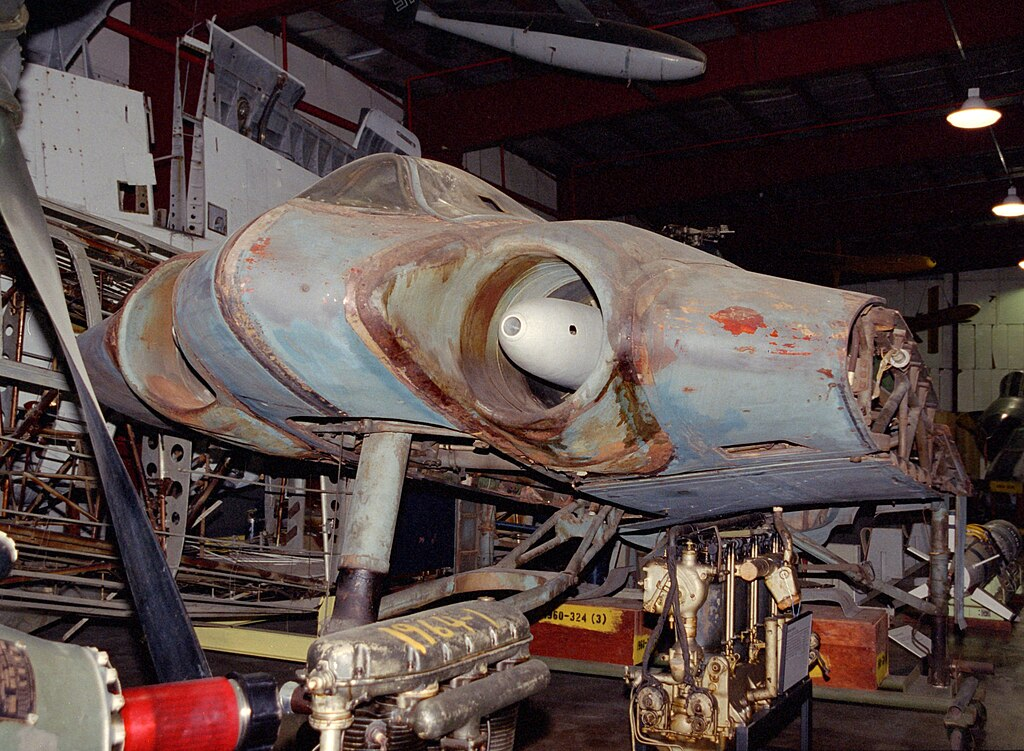
2. Construction of Prototypes
More than one prototype was built, but the best-known Ho 229 V3 was seized by Allied forces in April 1945 in the Gothaer Waggonfabrik factory. The unfinished version was designed to be a production-line prototype, armed with twin 30 mm guns and a bomb capacity of up to 1,000 kg. The V3 is now a museum exhibit at the Smithsonian National Air and Space Museum, a physical manifestation of war ingenuity.
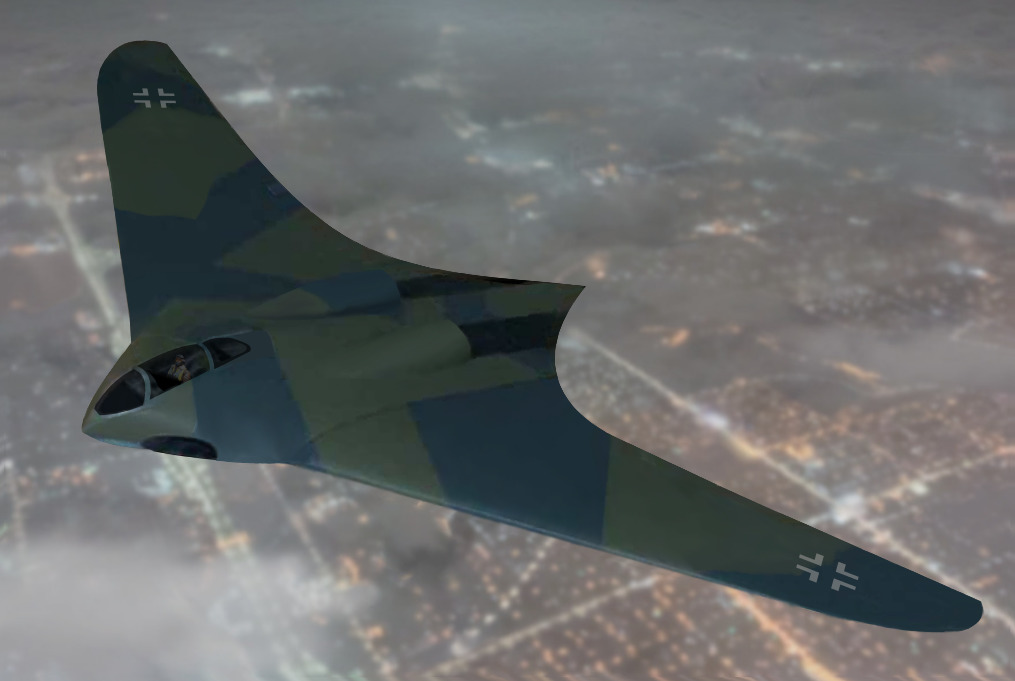
3. The “3×1000” Concept
Ho 229 was schemaed from the Luftwaffe’s “3×1000” need: a bomber with 1,000 kg of bomb load, a range of 1,000 km, and a speed of 1,000 km/h. It was an attempt at expressing Germany’s fixation with creating strike capability when it had become unacceptable through conventional technology. Although the aircraft never fought a battle, the design almost met these requirements by achieving levels of performance far above the 3×1000 programme’s targets.
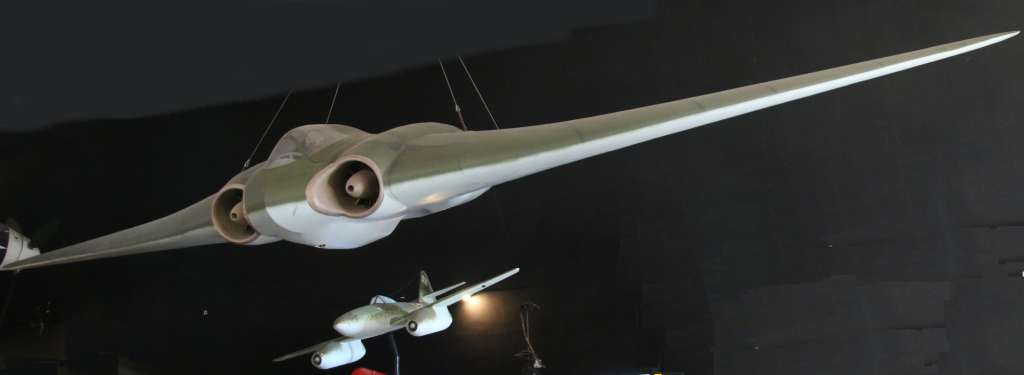
4. A Revolutionary Flying Wing Design
Compared to traditional planes with tails and fuselages, the Ho 229 was a flying wing straight up. Its streamlined shape cut down on drag and boosted lift, and its lack of a vertical tail surface reduced radar reflections. The Horten brothers attempted composite construction—wood, charcoal, and glue that not only lightened the airframe but also fueled radar-absorbing speculation as well.
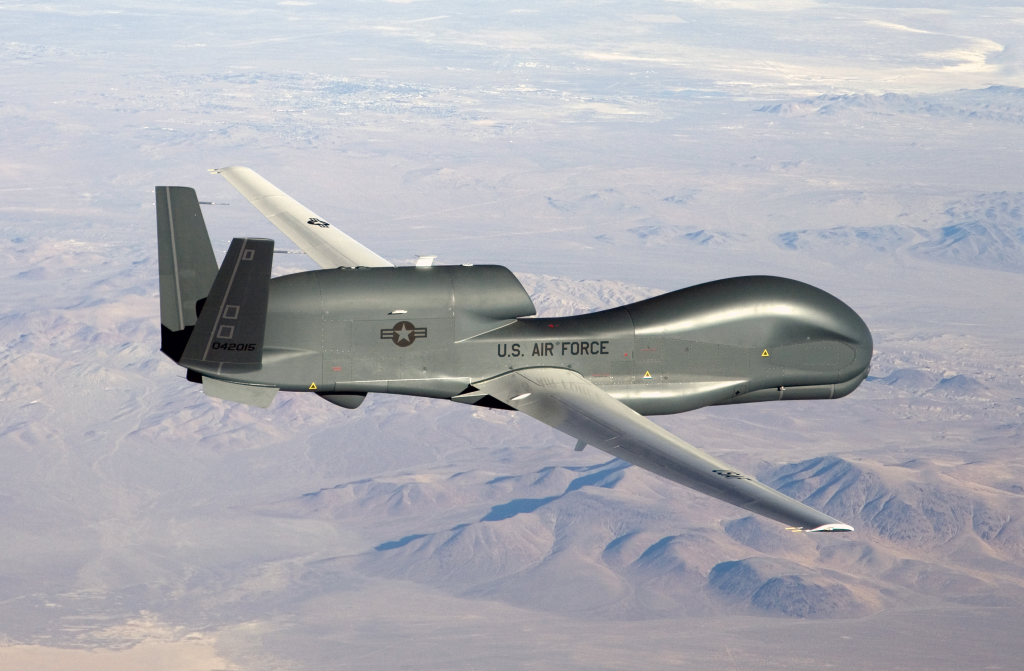
5. Early Stealth Characteristics
Decades later, the Ho 229 would be linked to stealth technology. In 2008, Northrop Grumman built a precise replica to test its radar signature. Test results showed that the radar cross-section of the aircraft was about 4 dB less than that of a Messerschmitt Bf 109 seen head-on at the frequency used by British Chain Home radar. While far from todays stealth levels, it was a remarkable achievement for a design of the 1940s.
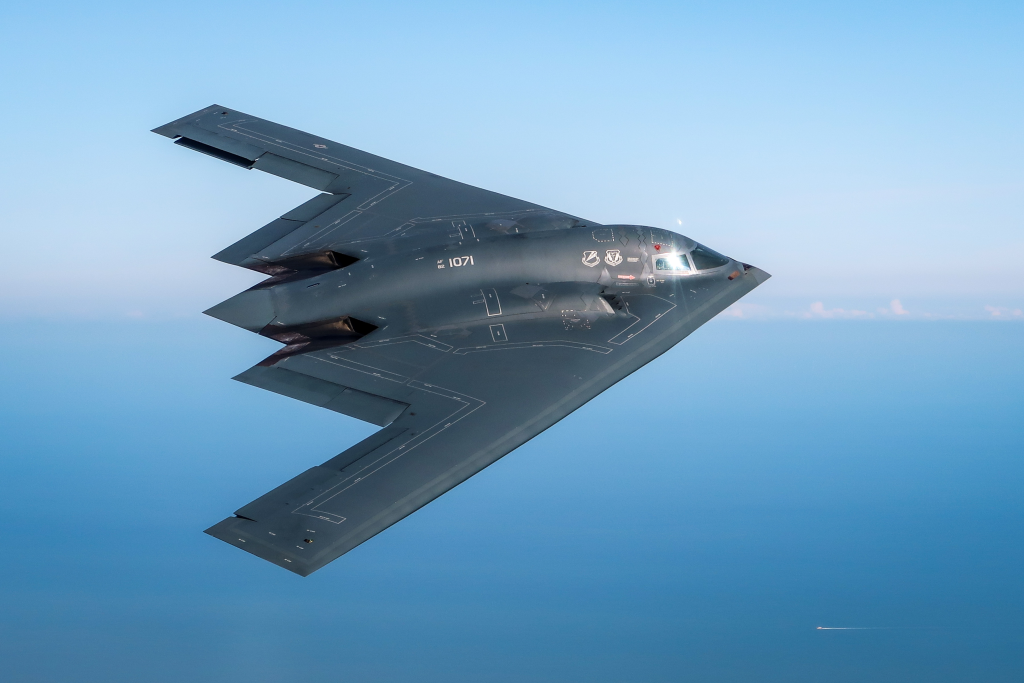
6. Legacy and Influence
Even though the Ho 229 never saw action, it became a lasting influence in the history of aviation. The flying wing was later employed by Northrop in the US, culminating in the B-2 Spirit stealth bomber. Comparable features between the two aircraft highlight the Horten brothers’ forward-thinking design and contribution to aeronautical innovation.
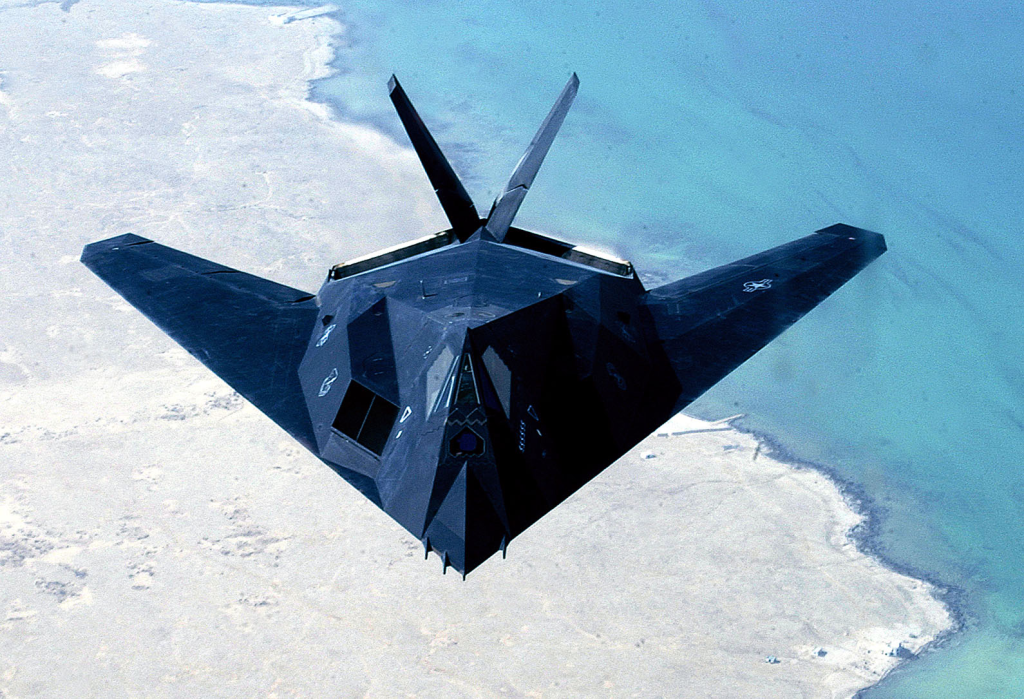
The Horten Ho 229 was a gamble born out of desperation but destined to be remembered. The world’s first jet-powered flying wing, it foreshadowed stealth technology that would not be fully realized for decades to come.
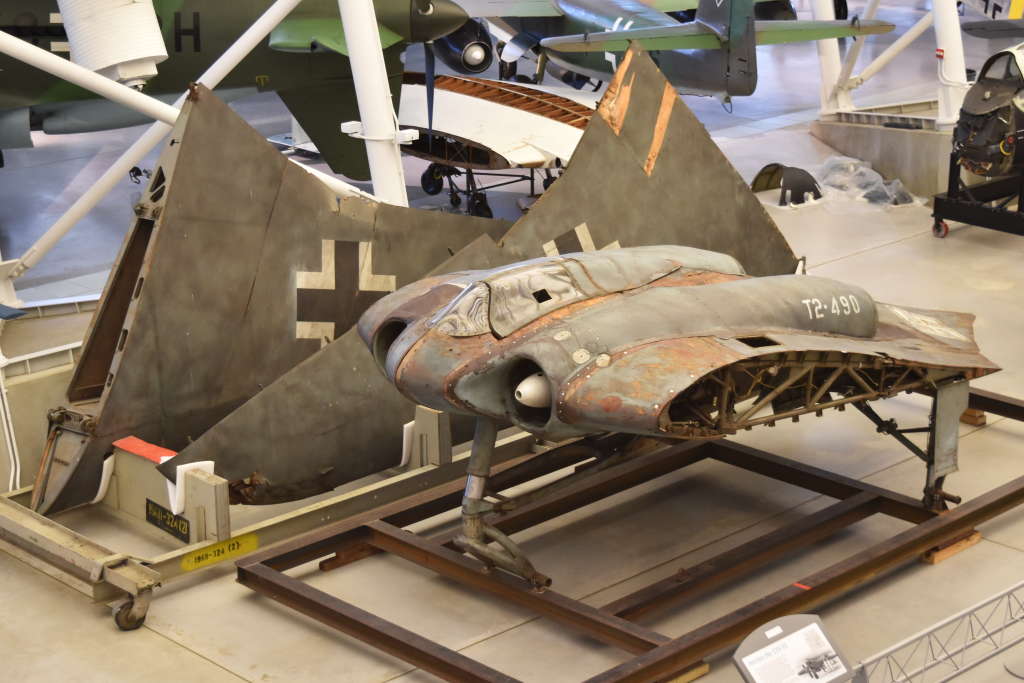
Although it never altered the course of World War II, the aircraft remains one of the most striking examples of how innovation, even amid war, can shape the fate of technology. The Ho 229 was a war machine, but its legacy lives on in the blueprint it left behind for stealth aircraft of the future.
